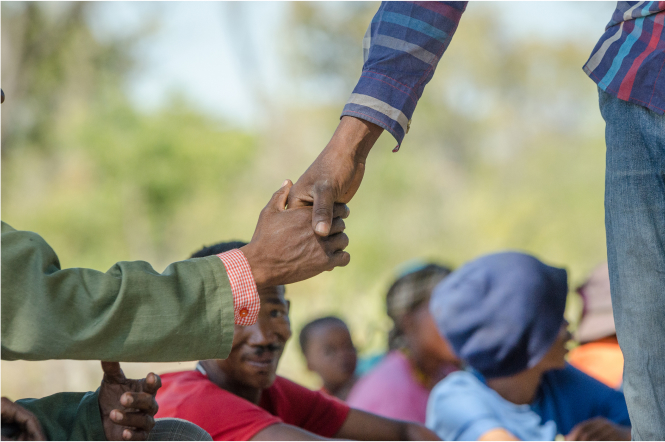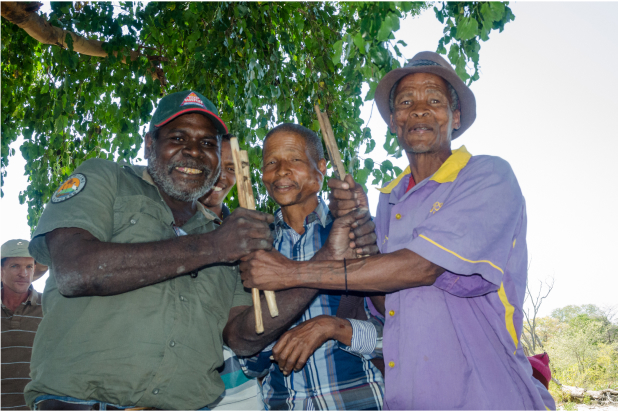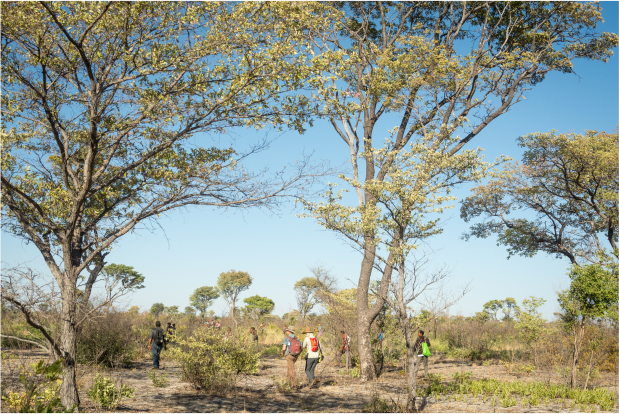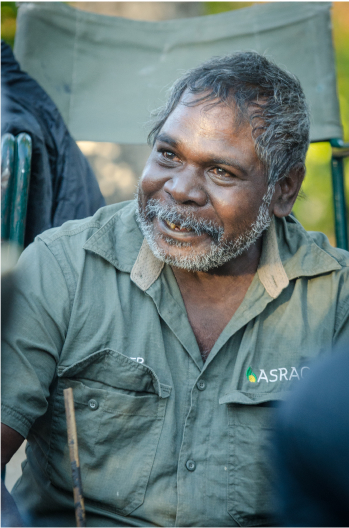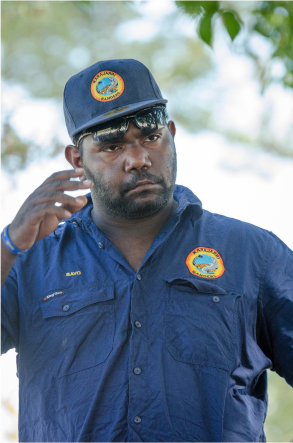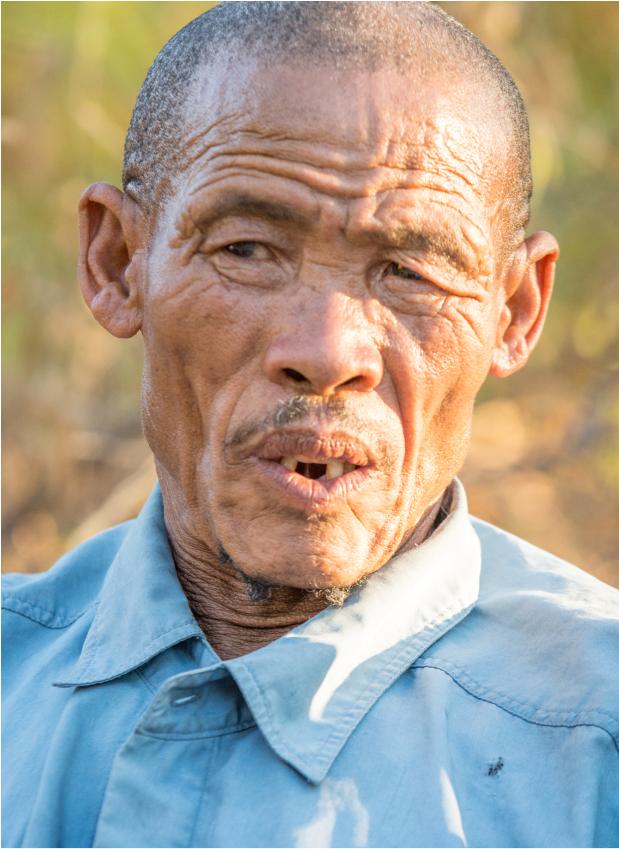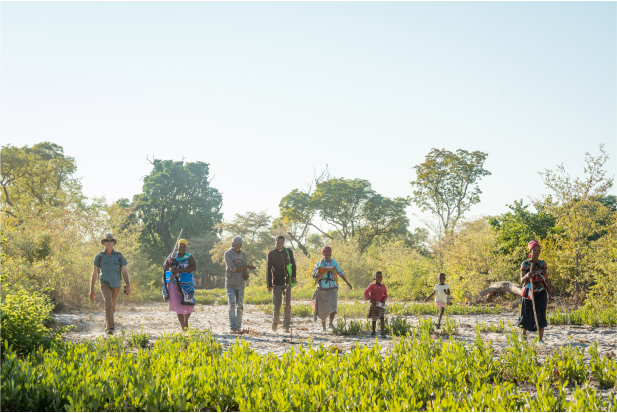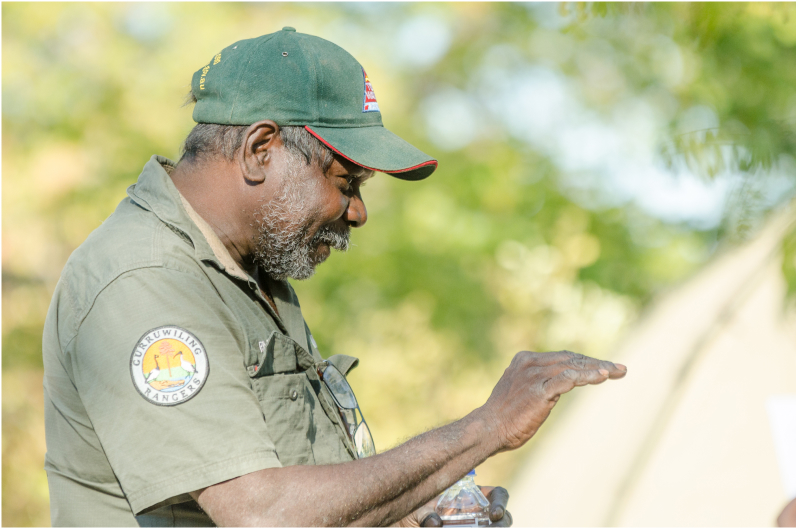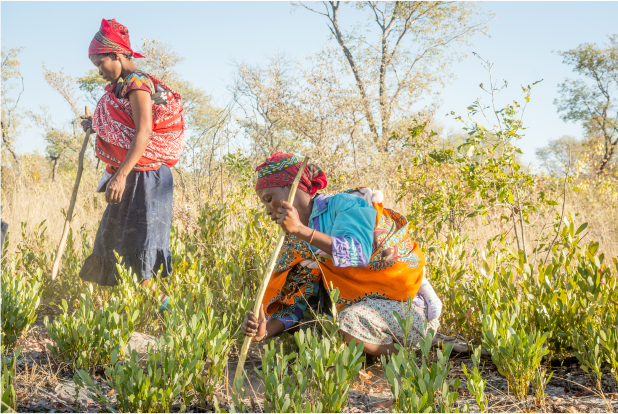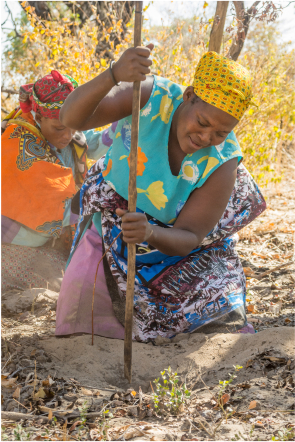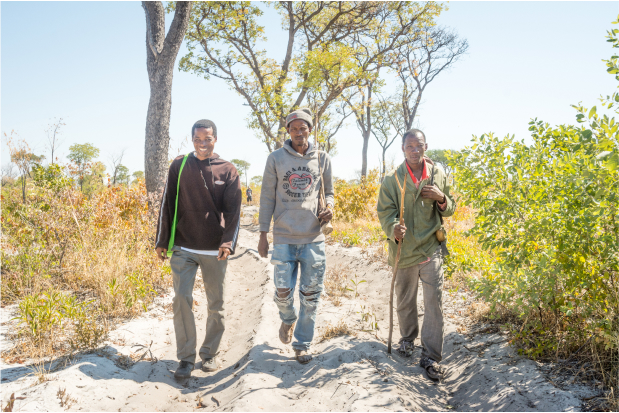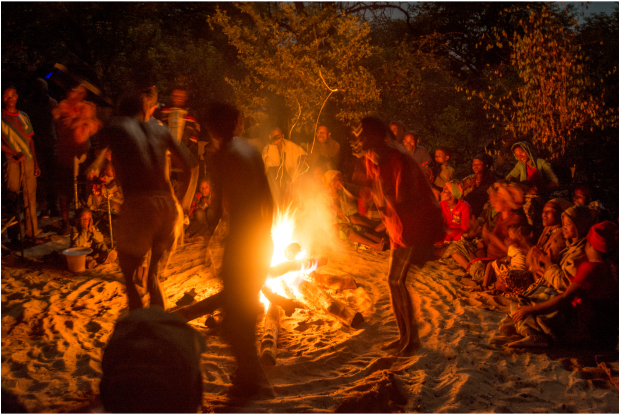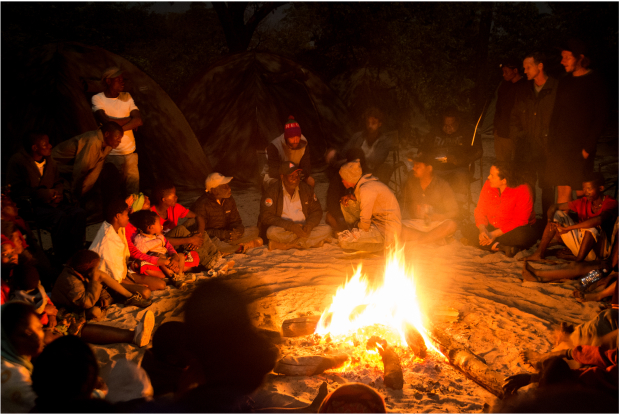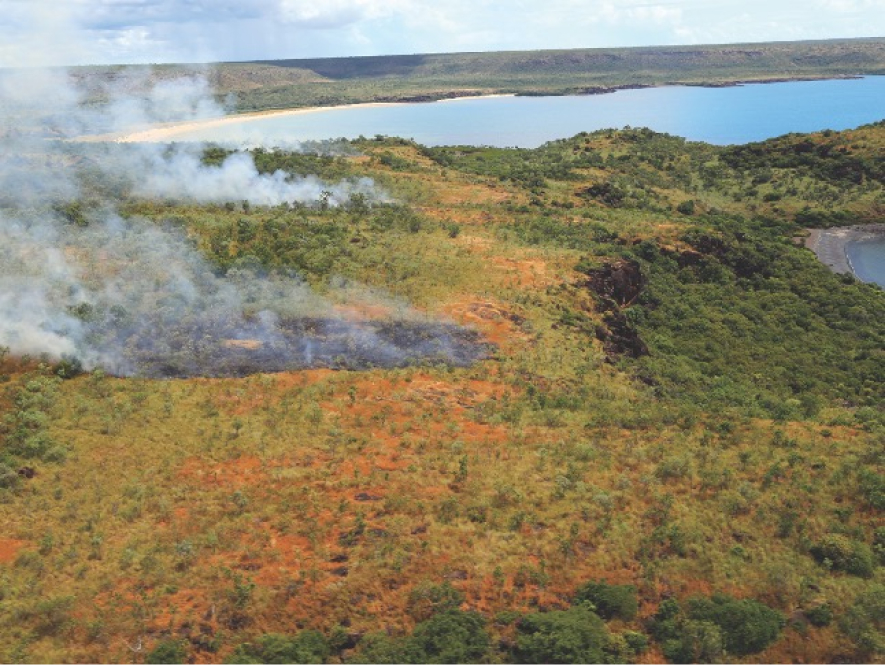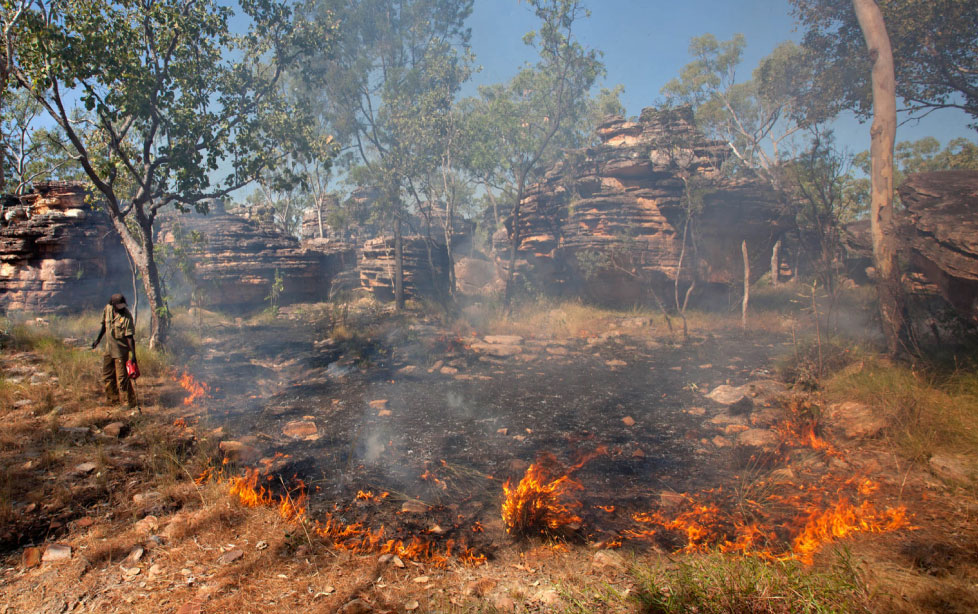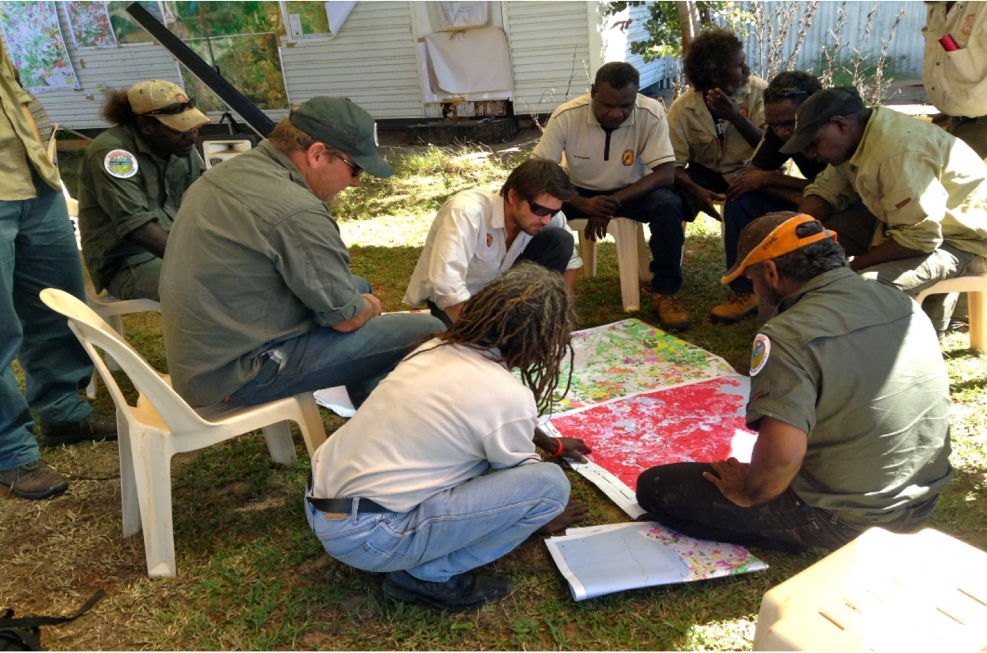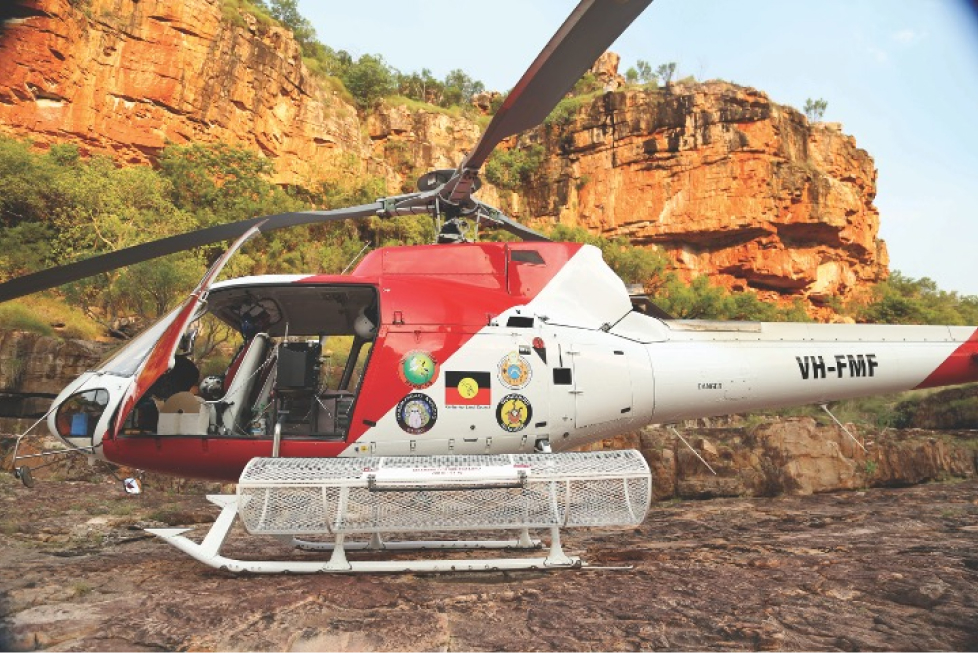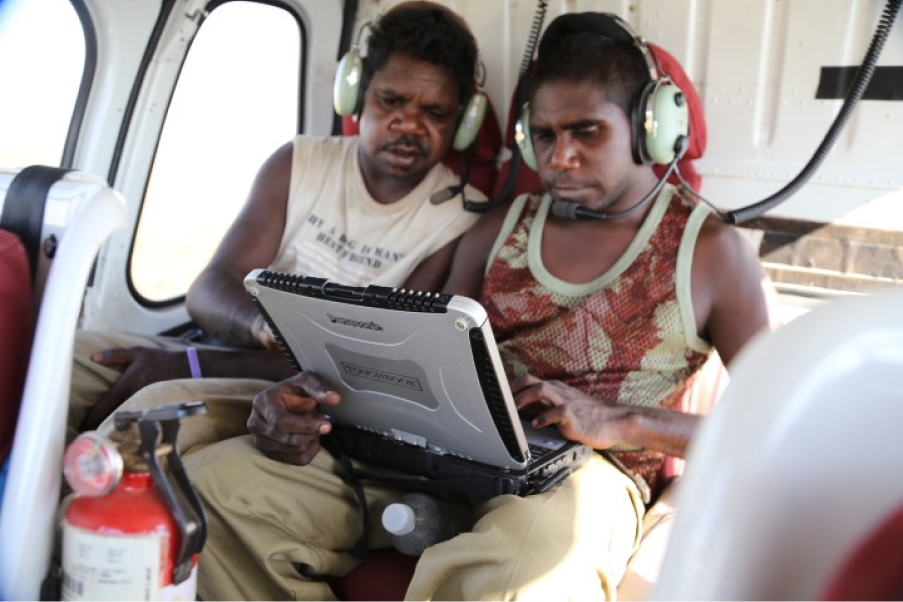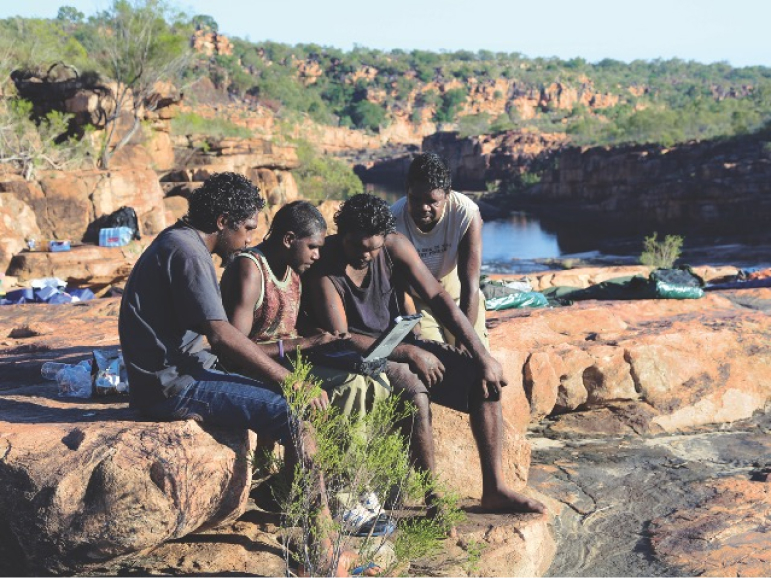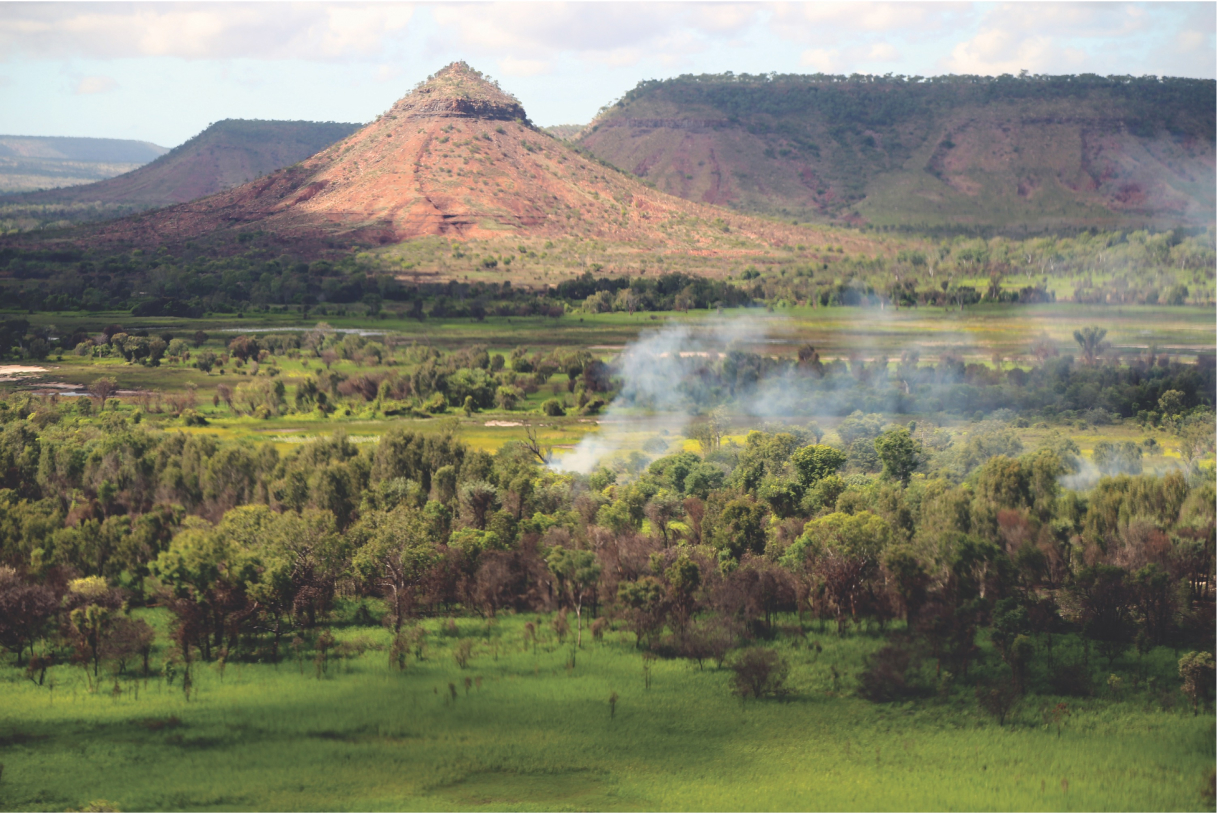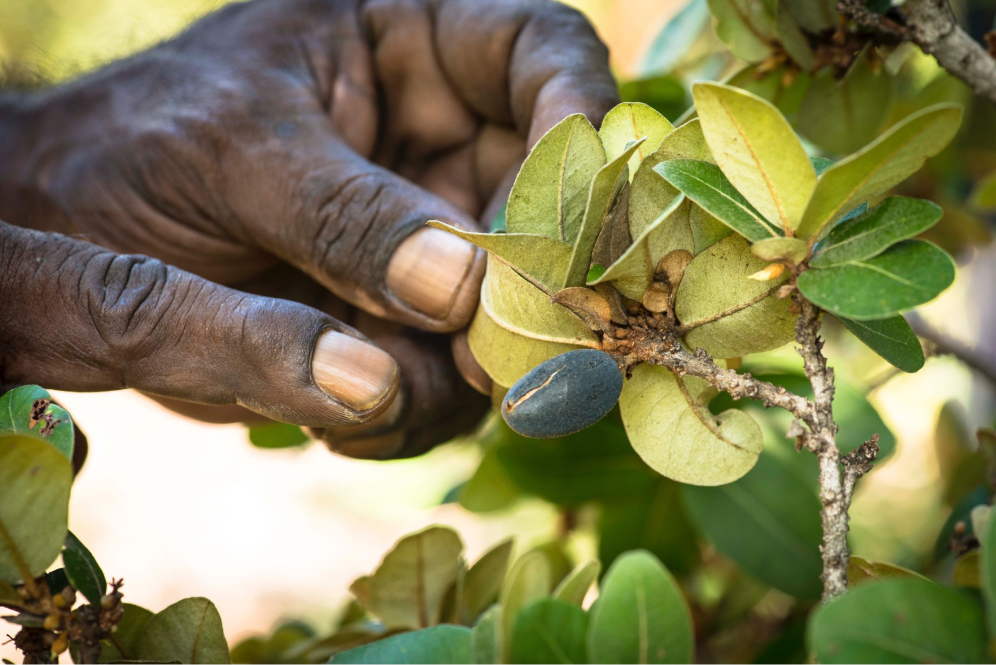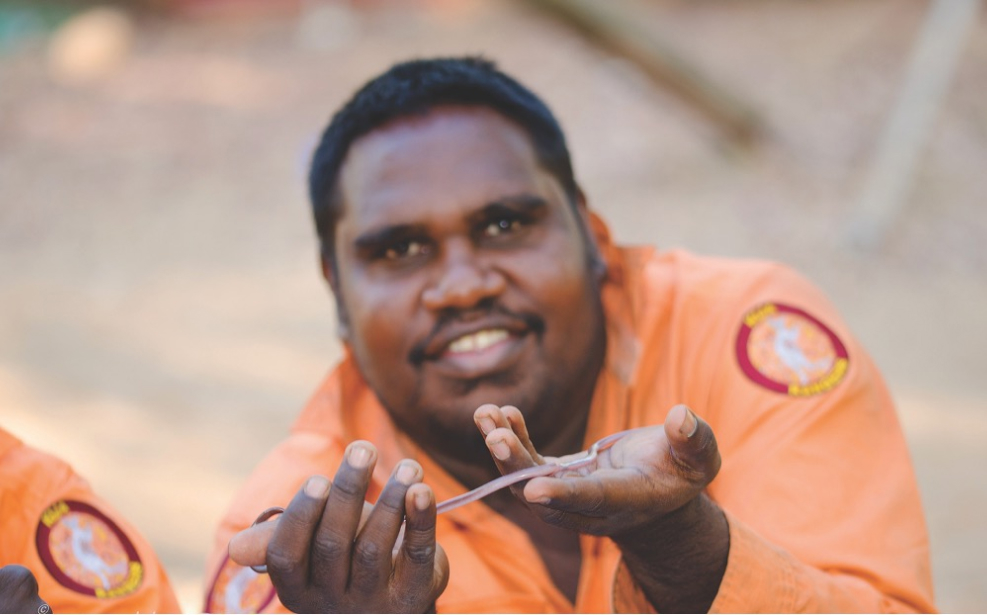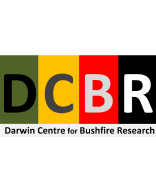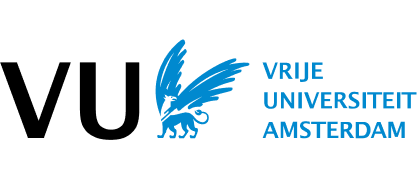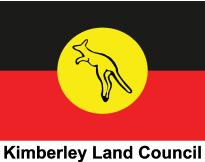Despite the fact that we were living a nomadic life … we were using the veldt fires to keep wildlife in one place because when the veldt is burned fresh grass, tubers and plants grow … As the San we were conservers not poachers.
— Xontae Xhao, Tsodilo Hills Community Botswana
From 2013 to 2015, the Australian Government provided an initial grant to explore the global potential of traditional fire management. The project drew on the fire knowledge and practices of traditional owners across northern Australia who, in partnership with scientists, had developed a carbon method to measure reduction in greenhouse gas (GHG) emissions from reintroduction of traditional fire practices.
The study established initial indications that methodologies developed in northern Australia could be successfully replicated in other savanna landscapes and deliver carbon emissions reductions as well as a suite of community and environmental benefits. Further community based pilot sites in Botswana, again supported by the Australian Government from 2018 – 2021, provided technical proof that this is indeed the case. Building on this success, new projects in Zambia, Mozambique, Angola and Central America – Belize and Guatemala, will commence shortly.
Today, the International Savanna Fire Management Initiative (ISFMI) works to support Indigenous and local communities globally, developing carbon methodologies that measure and verify emissions reductions achieved through these practices. In the future this will allow Indigenous and local communities and the biodiversity that supports them, to benefit from the emissions reductions they generate, through reinstating early dry season traditional fire management, through the sale of carbon offsets, and other corporate and philanthropic partnerships, as has been successfully achieved in northern Australia.
As Indigenous communities globally are supported to revitalise their traditional fire knowledge, restore the environment and reduce the emissions driving climate change, biodiversity and humanity at large are also reaping the benefits.

